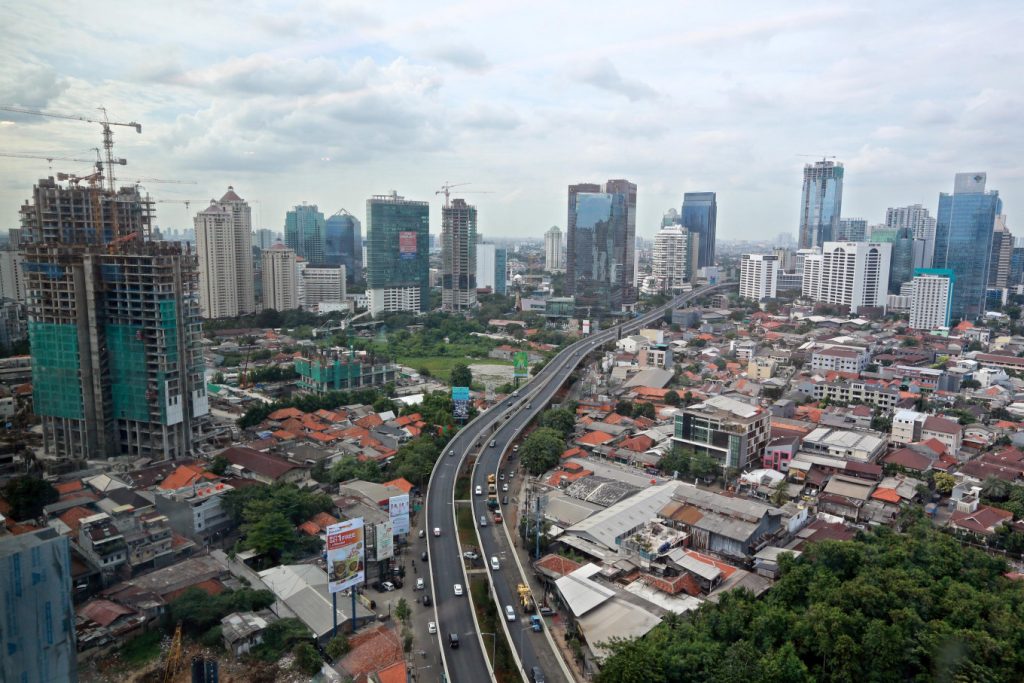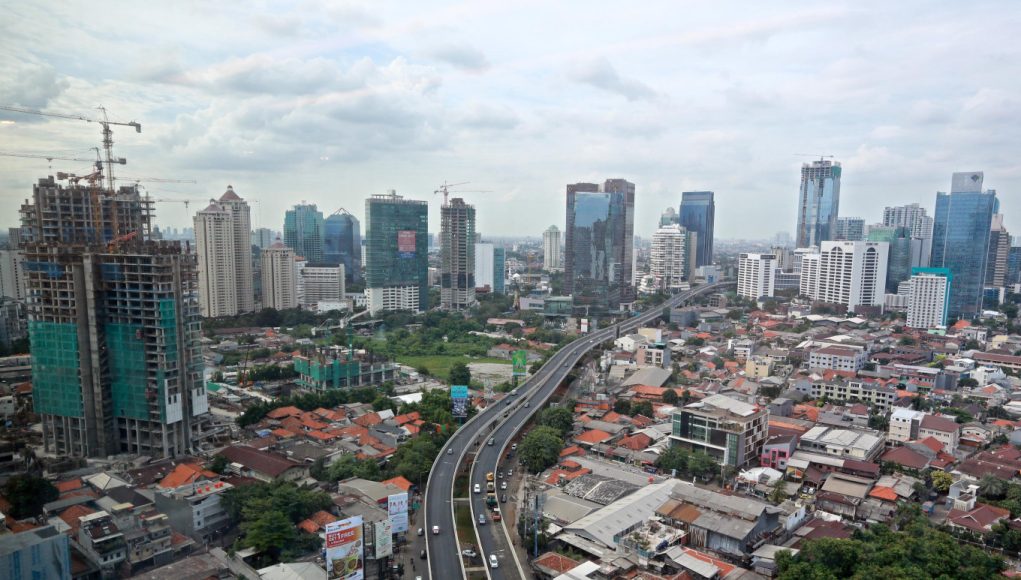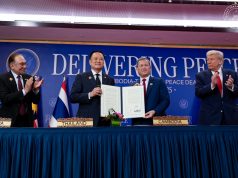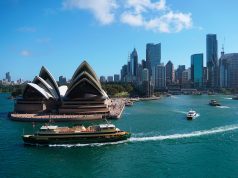(SINGAPORE, 07.08.2025)According to data released by Indonesia’s Central Bureau of Statistics (BPS) shows that in the second quarter of this year, the regions of Sulawesi and Java scored the highest economic growths in the country – 5.83% and 5.24% respectively year-on-year –with the performance of Sulawesi quite striking as the island is geographically remote, has a small population, and used to be considerably underdeveloped.
According to a report by Medcom News, Edi, Deputy Director of Balance Sheet and Statistical Analysis at BPS, stated at a press conference on Tuesday that the economic growths of Java and Sulawesi were both driven by strong performance in the manufacturing sector. From April to June this year, both regions surpassed the national economic growth rate of 5.12%.
In the period concerned, Java contributed 56.94% to Indonesia’s Gross Domestic Product (GDP), while Sulawesi contributed 7.21%.
Edi noted that Java’s vibrancy continues to dominate the national economy, but Sulawesi’s fabulously high growth indicates Indonesia’s economic dynamism has spread beyond the traditional growth centres, namely, Java, Sumatra, and Bali.

The Indonesian government has in recent years been promoting economic decentralisation through programmes like “Indonesia Centris” and building of Nusantara, the new capital city located in East Kalimantan, to shift and spread development beyond Java. “Indonesia Centris” is an initiative aimed at empowering local governments by granting them greater autonomy and responsibility over their own administrative, economic, and development affairs.
Sulawesi’s economic growth is mainly supported by manufacturing, agriculture, and mining, while Java’s growth is by manufacturing, trade, and the information and communications sector.
In fact, Sulawesi has led the nation in economic expansion in the first quarter of this year. Much of this momentum stems from its booming mining and industrial sectors, particularly nickel refining and processing. However, growth is uneven, with some provinces on this island lying east of Borneo growing faster while others lag behind.
Sulawesi benefited hugely from investments by Chinese companies. Tsingshan Holding Group, one of the largest Chinese investors in Indonesia, has played a pivotal role in the development of the Morowali Industrial Park in Central Sulawesi. This park is among the world’s largest nickel processing sites, producing substantial amounts of stainless steel and high-quality nickel products. The investment, estimated between US$30 billion (about S$39 billion) to US$50 billion, has significantly impacted global nickel supply and prices.
There are also the Zhenshi Holding Group Co., similarly a nickel smelter; Xiamen Xiangyu Co. a stainless steel smelter; GEM Co., a battery material producer; and Vale Indonesia. a Brazilian company that has collaborated with Chinese enterprises to build three nickel smelting chain plants.
Sulawesi’s central position in the Indonesian archipelago also gives it a strategic advantage in inter-island and international trade: The central government’s “Maritime Highway” policy enhances port infrastructure and shipping routes across Indonesia. This improves connectivity and reduces logistics costs, even for relatively remote areas like Sulawesi.
Sulawesi also has a young and growing population, which provides a cheap and trainable workforce that is attractive to labor-intensive industries.
The economic growth in Sumatra and Java in the second quarter of this year was stronger than in the same period last year. Edi stated that Sumatra contributed 22.2 % to the national economy in the period, with its Sumatra’s economic growth of 4.96%。
Meanwhile, the Special Capital Region of Jakarta was the province with the highest contribution to Java’s growth, with a growth rate of 1.45%. Kalimantan recorded a growth rate of 4.95%, contributing 8.09% to GDP; Bali and the Nusa Tenggara provinces grew by 3.73%, contributing 2.83% to GDP; and the Maluku and Papua regions grew by 3.33%, contributing 2.73% to GDP.
Edi said that in the second quarter of this year, all regions in Indonesia recorded positive economic growth, although the pace of growth varied.





































